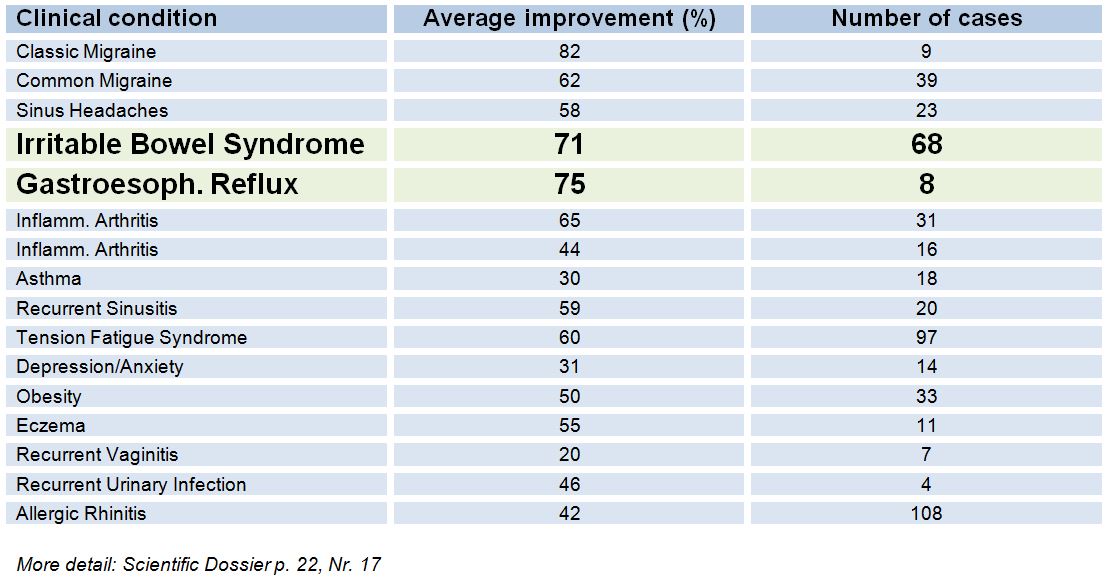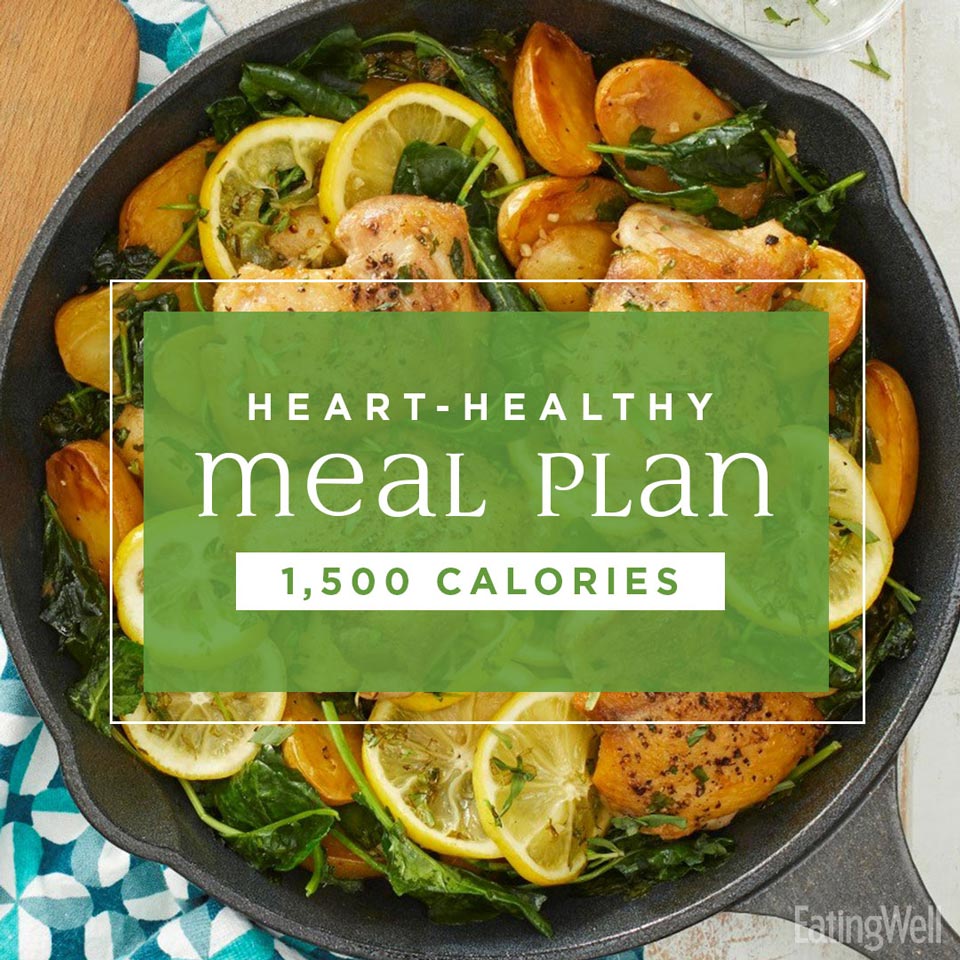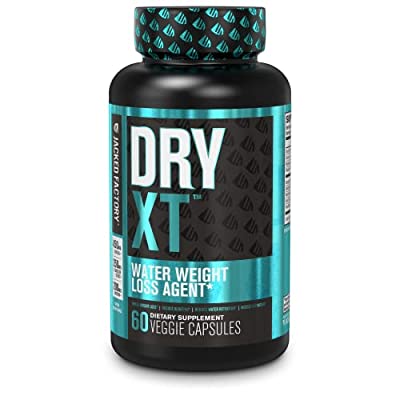
Fast food is great for people who are constantly on the go. Fast food is convenient and affordable, but not healthy. This shouldn't become a routine. Do your research and choose healthy alternatives to the foods you love. It is important to eat healthy, moderately-priced fast food. Here are some suggestions for how to eat healthy fast food: Make your own sides, cut out the fries and choose more fruits, vegetables, and meats.
You can eat your meal on a platter. Fast food is known for its convenience. However, it's high in calories and hard to avoid. It's easy to forget that a portion can be as small as two cups. You must pay attention to your hunger cues. You'll be able to tell when you are full and hungry, and when to stop eating.

Before ordering, read the nutrition label. Many restaurants provide nutrition facts on their menu items. These are the same as the information on the packaging. If the restaurant does not provide this information, you can always search the Internet for the nutrition facts. Look for lettuce in your salad order. Don't forget to avoid bacon bits or shredded cheddar cheese. Make sure the salad dressing is low-fat and made with vinegar or lemon juice.
When ordering from a fast-food chain, ask for the menu of the restaurant. There will be many options for healthy, low-calorie food. Look for items that include a variety of carbs, vegetables, and protein when ordering. Fast food is usually high-calorie but some fast foods have higher fiber levels than others. Ask for a side dish of vegetables or fruit. You will also discover that certain dishes are healthier than others.
Balanced diets include many healthy options. It's easy to eat fast food, but you should be careful. Not just about choosing healthy foods, but making sure to avoid the unhealthy ones. If you order a sandwich make sure that you stick to a smaller portion. A normal-sized sandwich can be ordered by an adult. Be careful not to order a huge meal for your entire family.

Fast food restaurants have many more healthy options. A good way to avoid eating too many calories at these places is to choose a small portion. Healthy eating means a small sandwich and a salad are enough to satisfy your cravings. You can order a child's meal if you are out with your kids. It will still be nutrient dense. You might consider ordering a child's meal if you are in a hurry.
FAQ
How can you live your best life every day?
To live a happy life, the first step is to discover what makes you happy. You can then work backwards once you know what makes YOU happy. You can also inquire about the lives of others.
Dr. Wayne Dyer's book "How to Live Your Best Life" is also available. He discusses finding happiness and fulfillment throughout our lives.
What's the difference of a calorie versus a Kilocalorie?
Calories are units used to measure the amount of energy in food. Calories are a unit of measurement. One calorie contains the energy needed to raise the temperature of one gram of water by one degree Celsius.
Kilocalories are another way to describe calories. Kilocalories measure in thousandths a calorie. 1000 calories is one kilocalorie.
How does an anti-biotic work?
Antibiotics kill harmful bacteria. Antibiotics can be used to treat bacterial infection. There are many kinds of antibiotics. Some are taken orally, some are injected, and others are applied topically.
People who have been exposed are often given antibiotics. One example is if someone has had chickenpox and wants to prevent shingles. For those with strep-thorphritis, an injection of penicillin could be administered to prevent them from getting pneumonia.
Children should not be given antibiotics without the consent of a doctor. Side effects of antibiotics can be more dangerous for children than for adults.
Diarrhea being the most common side effect of antibiotics. Other side effects possible include dizziness, nausea, vomiting, stomach cramps, dizziness and allergic reactions. These symptoms generally disappear once the treatment has finished.
How do I count calories?
You may be wondering "what is the best diet for you?" or "is counting calories necessary?" This depends on your health and lifestyle.
The Best Diet for me - Which One Is Right for You?
My current health, my personal goals and lifestyle will determine the best diet for me. There are many different diets, some good and some not so good. Some diets work for some people, while others are not. So what should I do? How do I make the right decision?
These are the questions that this article attempts to answer. It begins with an overview of the different diets today. Next, we'll discuss the pros and cons for each type of diet. Then, we will discuss which diet is the best.
To begin, let's take a quick look at the different types of diets.
Diet Types
There are three main types of diets: low fat, high protein, and ketogenic. Let's talk about them briefly.
Low Fat Diets
A low-fat diet reduces the amount of fats you eat. This is done by reducing your intake of saturated oils (butter, cream cheeses, etc.). These fats can be replaced with unsaturated fats like avocados and olive oil. If you want to lose weight fast and easily, then a low fat diet is often recommended. This type of diet can lead to constipation and heartburn as well as indigestion. Vitamin deficiencies can also occur if the person doesn't get enough vitamins through their diet.
High Protein Diets
High-protein diets limit carbohydrates and favor proteins. These diets often have higher levels of protein than most other diets. They are meant to help build muscle mass and burn more calories. They may not be able to provide sufficient nutrition for people who need it. They can also be very restrictive so they may not be suitable for everyone.
Ketogenic Diets
Also known as keto diets, ketogenic diets are also called keto diets. They are high on fat but low in carbs and proteins. These are often used by bodybuilders and athletes because they allow them the ability to train harder and for longer periods of time without feeling tired. But, they require strict adherence to avoid negative side effects like nausea, headaches, and fatigue.
Increase immunity with herbs or supplements
It is possible to boost immune function by using herbs and natural remedies. Examples include ginger, garlic and oregano oils, echinacea, vitamin C, ginkgo loba, and echinacea.
These herbal remedies are not meant to replace medical treatment. These herbal remedies can cause nausea, vomiting, stomach cramps or dizziness.
Which lifestyle is best for your health?
You can live a healthier lifestyle if you eat healthy food and exercise regularly. This will ensure that you live a long healthy life.
Starting small can make a big difference in your diet, and even your exercise routine. You can lose weight by walking 30 minutes each day if you are looking to lose weight. You can also take up dancing or swimming if you are looking to be more active. You could also sign up to an online fitness platform like Strava, which tracks your activity.
Here are 7 ways to live a healthy lifestyle.
-
Make sure you eat right
-
Exercise regularly
-
Rest well
-
Drink lots of water
-
Get adequate rest
-
Happy!
-
Smile often.
Statistics
- In both adults and children, the intake of free sugars should be reduced to less than 10% of total energy intake. (who.int)
- nutrients.[17]X Research sourceWhole grains to try include: 100% whole wheat pasta and bread, brown rice, whole grain oats, farro, millet, quinoa, and barley. (wikihow.com)
- According to the 2020 Dietary Guidelines for Americans, a balanced diet high in fruits and vegetables, lean protein, low-fat dairy and whole grains is needed for optimal energy. (mayoclinichealthsystem.org)
- WHO recommends reducing saturated fats to less than 10% of total energy intake; reducing trans-fats to less than 1% of total energy intake; and replacing both saturated fats and trans-fats to unsaturated fats. (who.int)
External Links
How To
What does "vitamin" actually mean?
Vitamins are organic compounds naturally found in food. Vitamins are essential for our bodies to absorb nutrients from the foods we eat. The body cannot make vitamins; therefore, they must be obtained from food.
There are two types of vitamins: water soluble and fat soluble. Water soluble vitamins dissolve easily in water. These include vitamin C (thiamine), Vitamin B1 (riboflavin), Vitamin B2 (riboflavin), Vitamin B3 (niacin), Vitamin B6 (pyridoxine), Vitamin C, B1 (thiamine), Vitamin B2 (riboflavin), Vitamin B3 (niacin), and Vitamin B6 (pyridoxine). Fat-soluble vitamins can be stored in the liver or in fatty tissue. These include vitamin D, E and K, as well as beta carotene.
Vitamins can be classified by their biological activity. There are eight major categories of vitamins.
-
A - vital for healthy growth.
-
C - vital for proper nerve function, and energy production.
-
D - essential for healthy bones, teeth, and gums.
-
E - Required for good vision & reproduction
-
K - Essential for healthy muscles and nerves.
-
P - essential for strong bones, teeth and tendons
-
Q - Aids in digestion and absorption.
-
R is required for the production of red blood cells.
The recommended daily allowance (RDA) of vitamins varies depending on age, gender, and physical condition. RDA values are set by the U.S. Food and Drug Administration (FDA).
For adults over 19, the RDA for vitaminA is 400 micrograms per daily. Because it is essential for the development of the fetus, pregnant women should consume 600 micrograms per daily. Children ages 1-8 require 900 micrograms per day. For infants younger than one year, 700 micrograms are required daily. However, this number drops to 500 micrograms each day for children aged 9-12 months.
Children between the ages of 1-18 need 800 micrograms per daily for obesity, while children overweight require 1000 micrograms. Children underweight or obese will need 1200 mg per day.
Children 4-8 years old who have anemia must consume 2200 micrograms of Vitamin C daily.
2000 micrograms daily is required for adults over 50 to maintain their general health. Because of their higher nutrient needs, women who are pregnant or nursing need 3000 mg per day.
Adults over 70 need 1500 micrograms daily, as they lose 10% of their muscle every ten years.
Women who are pregnant or lactating need more than the RDA. Pregnant mothers need 4000 micrograms per daily during pregnancy and 2500 after giving birth. Breastfeeding mothers need 5000 mg per day when breastmilk is being produced.